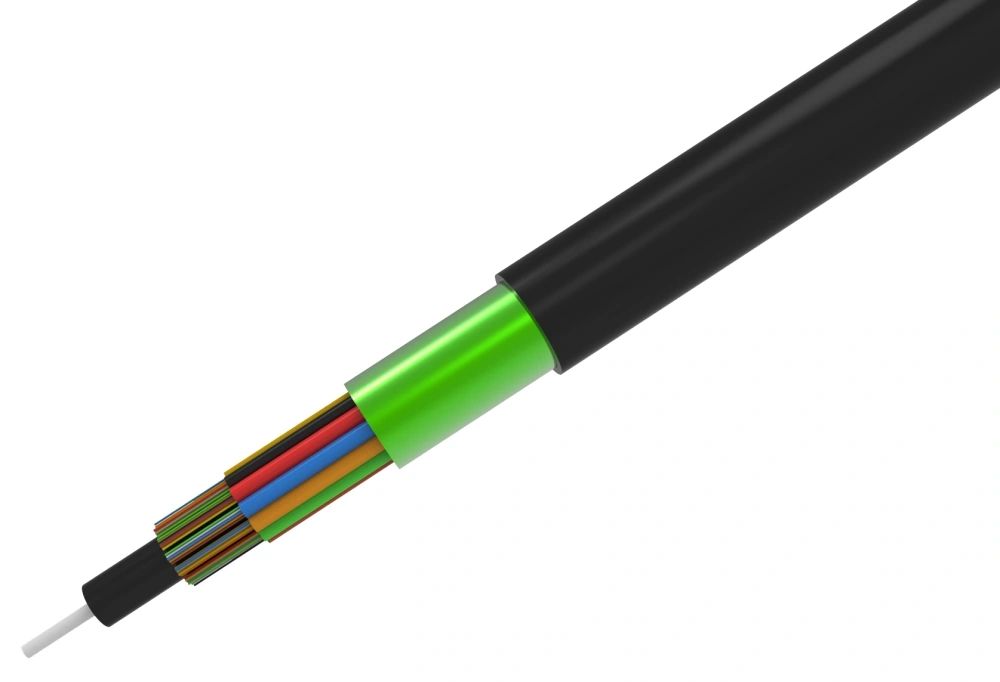The Importance of Temperature and Humidity Control

Indoor optical cables play a crucial role in ensuring the transmission of high-speed data in various environments. To maintain optimal performance and longevity, it is essential to understand and control temperature and humidity conditions. Failure to do so can result in signal loss, degradation, and even cable failure.
1. Temperature Requirements and Control
Temperature is a critical factor that affects the performance and reliability of indoor optical cables. The recommended temperature range for these cables typically falls between 0°C to 50°C. Outside this range, the cable's optical properties may be significantly impacted.
There are several methods to control temperature within acceptable limits:
Insulation: Proper insulation of the cable sheath helps to prevent exposure to extreme temperatures. Insulated walls or conduits provide a suitable environment for maintaining consistent temperatures.
Air Conditioning: Installation of an air conditioning system in the area where the optical cables are housed helps to maintain a stable temperature range. The air conditioning system should have controls to regulate temperature based on external factors and cable load.
Heat Dissipation: Optical cables generate heat during operation, and if not dissipated properly, it can lead to temperature spikes. Heat sinks or cooling fans can be installed to dissipate the excess heat, ensuring that the cables operate within the recommended temperature range.
2. Humidity Requirements and Control
Humidity levels also impact the performance and reliability of indoor optical cables. The ideal humidity range for these cables is generally between 20% to 80%. Outside this range, there can be issues such as condensation, corrosion, and increased signal attenuation.
To control humidity effectively, the following measures can be implemented:
Dehumidification: The use of dehumidifiers can regulate the moisture content in the environment where optical cables are located. These devices remove excess moisture and maintain humidity levels within the recommended range.
Ventilation: Proper ventilation, especially in enclosed spaces, helps to circulate air and prevent the buildup of moisture. Natural ventilation methods like windows or vents, or mechanical ventilation systems, should be considered based on the specific requirements of the installation site.
Waterproofing: Sealing the cable junctions and connectors with waterproof materials ensures that moisture does not enter the cable structure. Waterproofing measures are crucial, particularly in areas prone to high humidity or water exposure.
Conclusion
Careful temperature and humidity control is vital for maintaining the performance and longevity of indoor optical cables. Adhering to the recommended temperature range, implementing effective temperature control methods, and ensuring humidity remains within acceptable limits significantly reduces the risk of signal loss, degradation, and cable failure. By prioritizing temperature and humidity control, users can optimize the performance of their indoor optical cables and avoid costly disruptions in data transmission.



